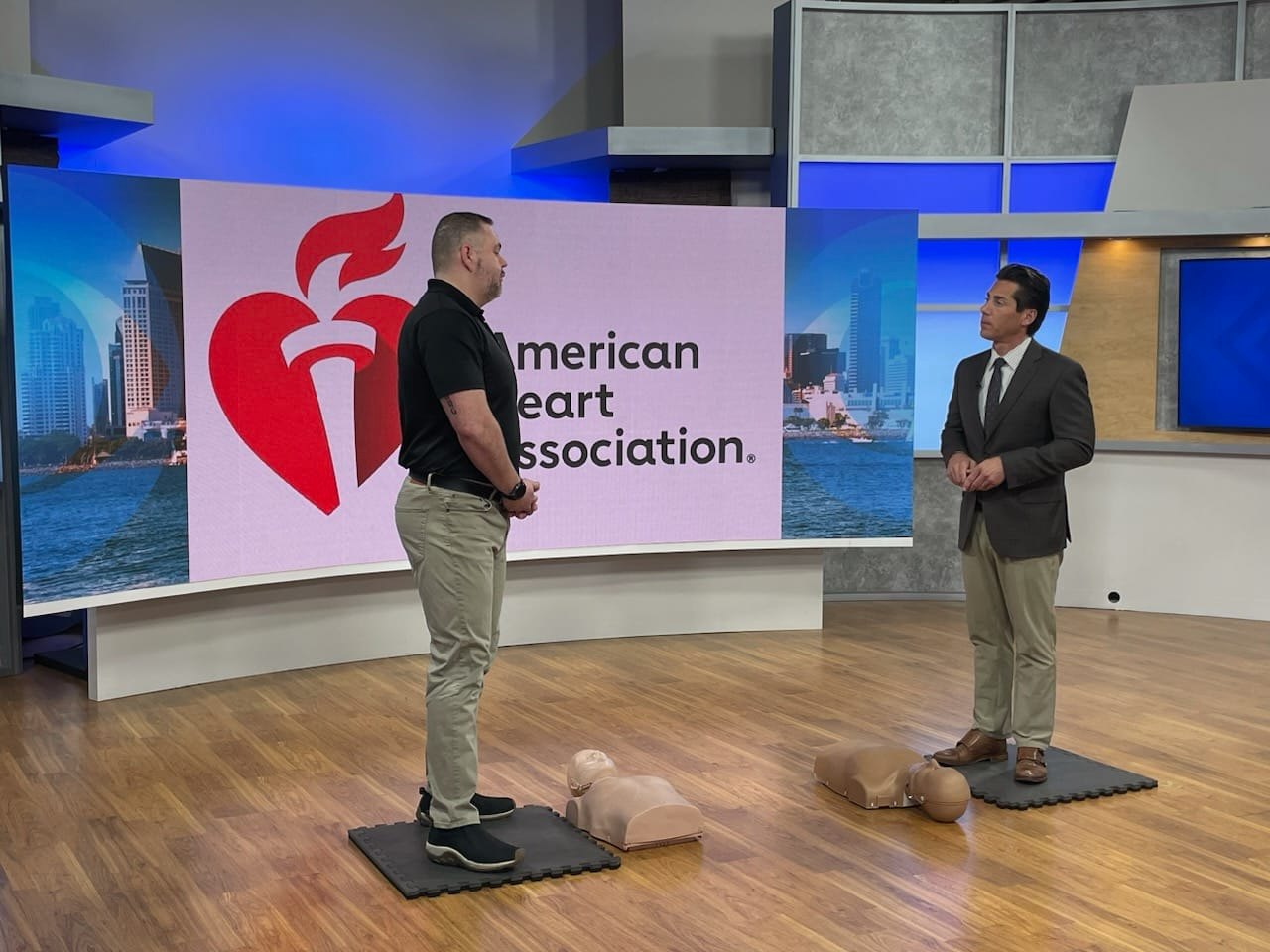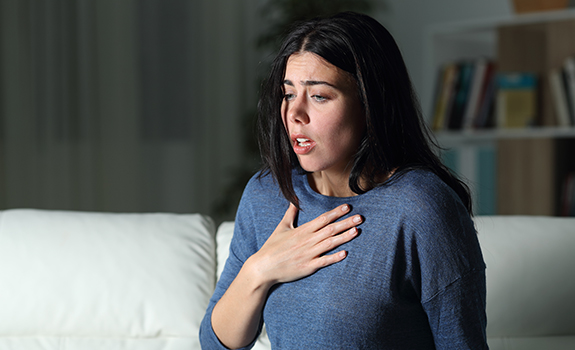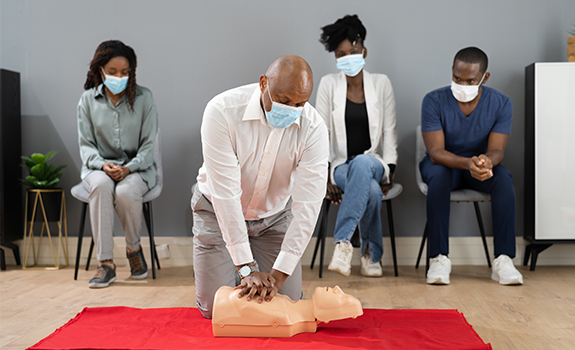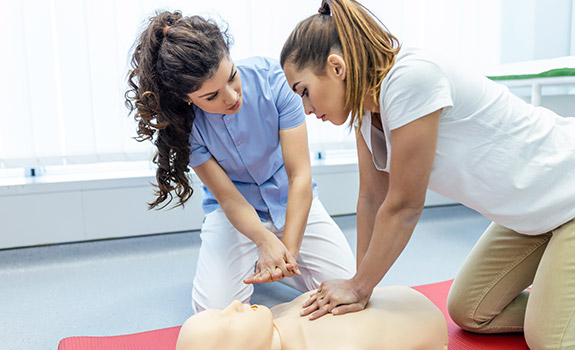What is cardiac arrest, and why are CPR and AED so important? |
| Cardiac arrest is when the heart stops abruptly with little or no warning. Early recognition of cardiac arrest improves the person’s chance of survival and is key to starting the correct care of CPR and the appropriate use of defibrillation to restart the heart. CPR can help keep the heart pumping and blood flowing to vital organs until an electrical shock from a defibrillator is available to restore the heart to a normal heart rhythm. |
What you need to know about CPR |
| Each year in the United States, an estimated 350,000 people experience sudden cardiac arrest in the community. Roughly 70% of cardiac arrests that do not happen in the hospital, occur in homes and private residences, therefore, a friend or family member is mostly likely to be the person who needs to take action. CPR, especially if performed immediately, can double or triple a cardiac arrest victim’s chance of survival. |
Resources you can use |
| We’ve gathered some important resources you can use to learn more cardiac arrest and CPR below. |
| The Difference in Cardiac Arrest vs. Heart Attack |
| Hands-Only CPR/use and AED English and Spanish |
| Bystander CPR Resources |
| Hands-Only CPR Resources |




